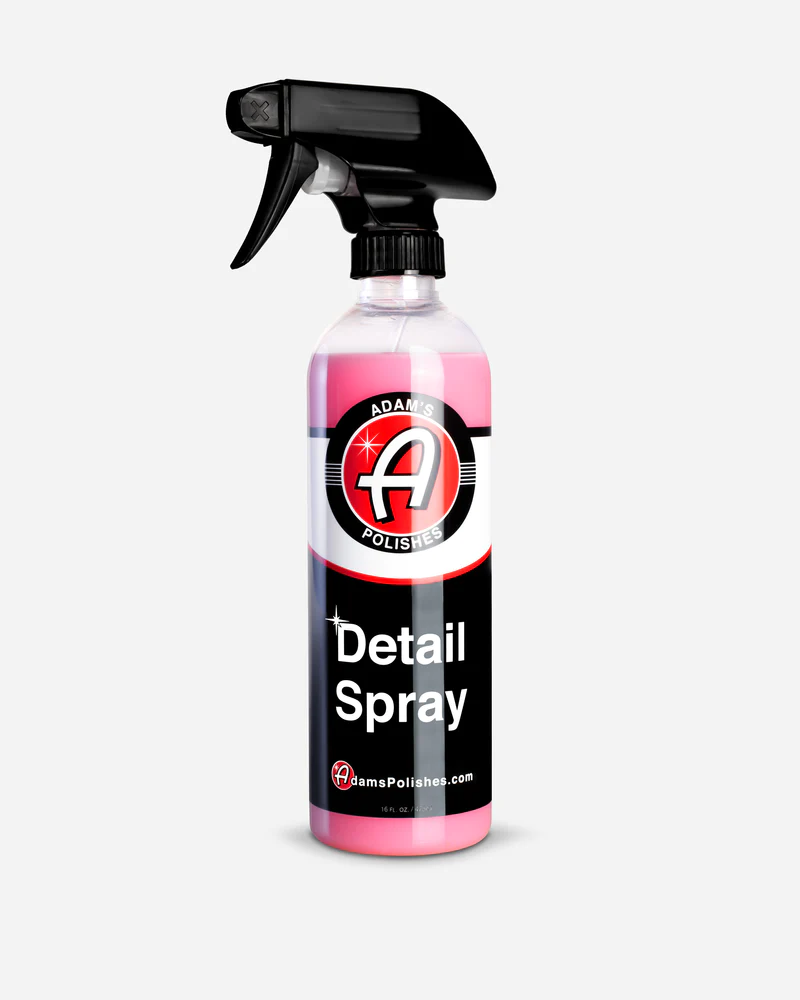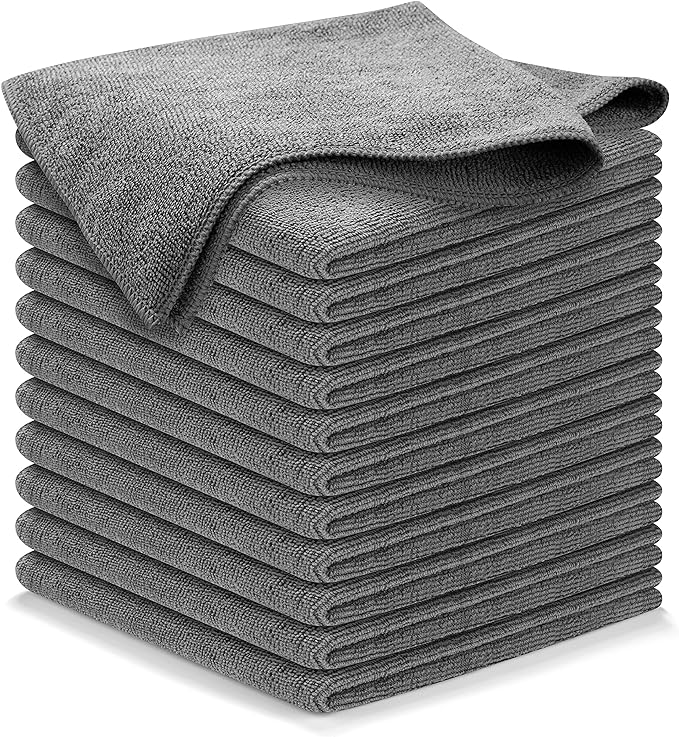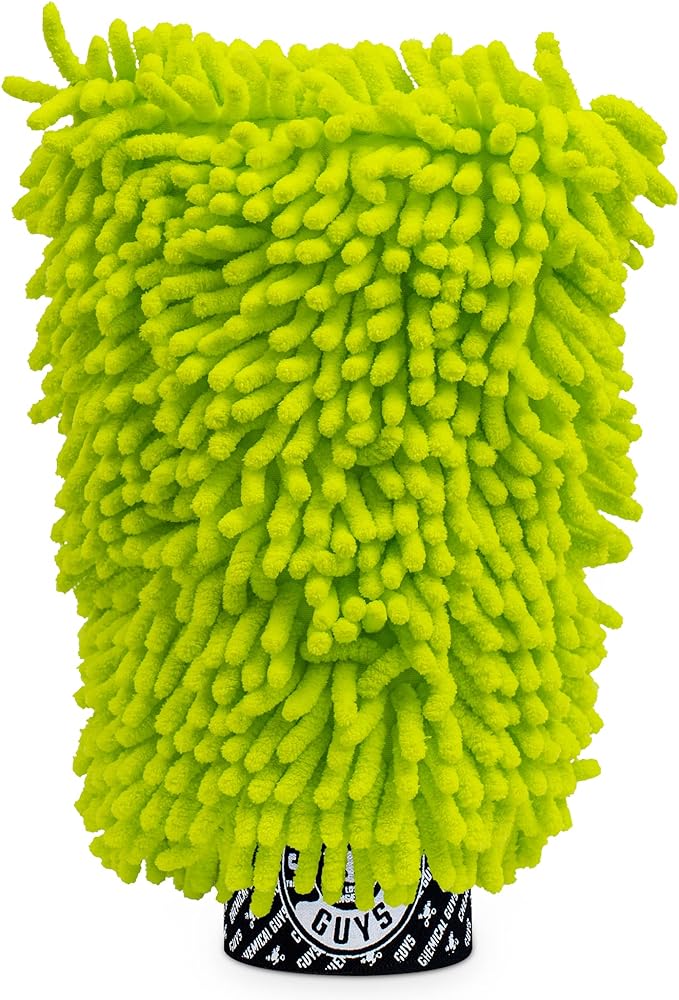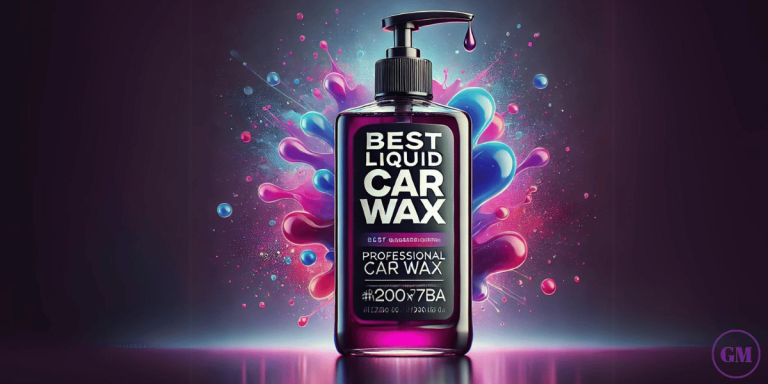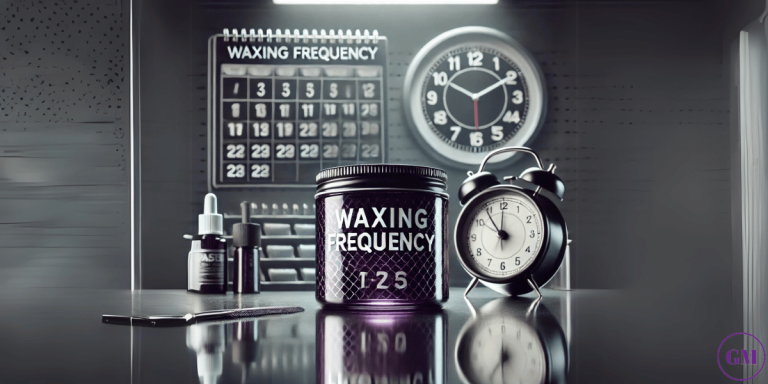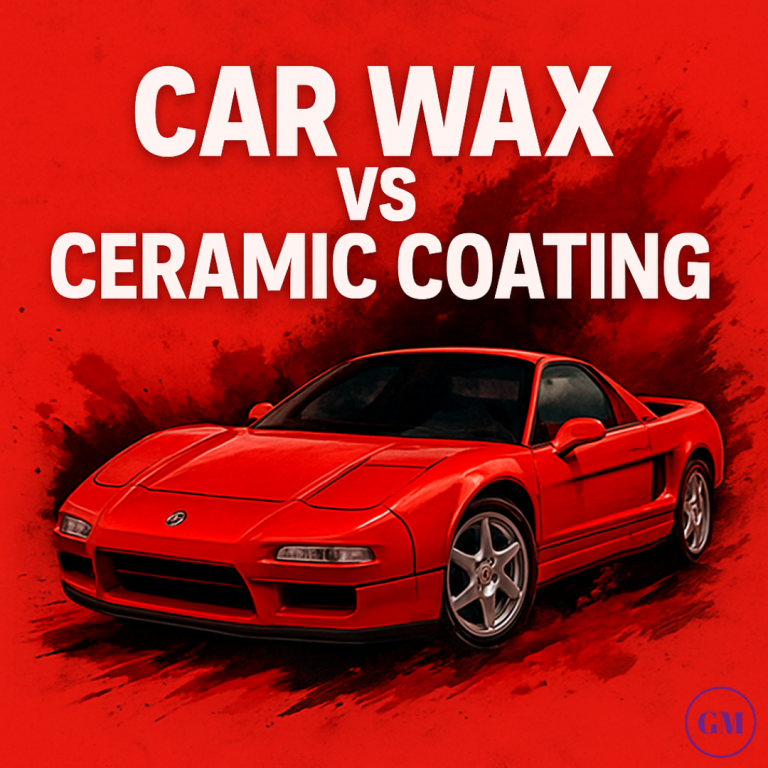How To Clay Bar A Car ( Best 2024 Article)
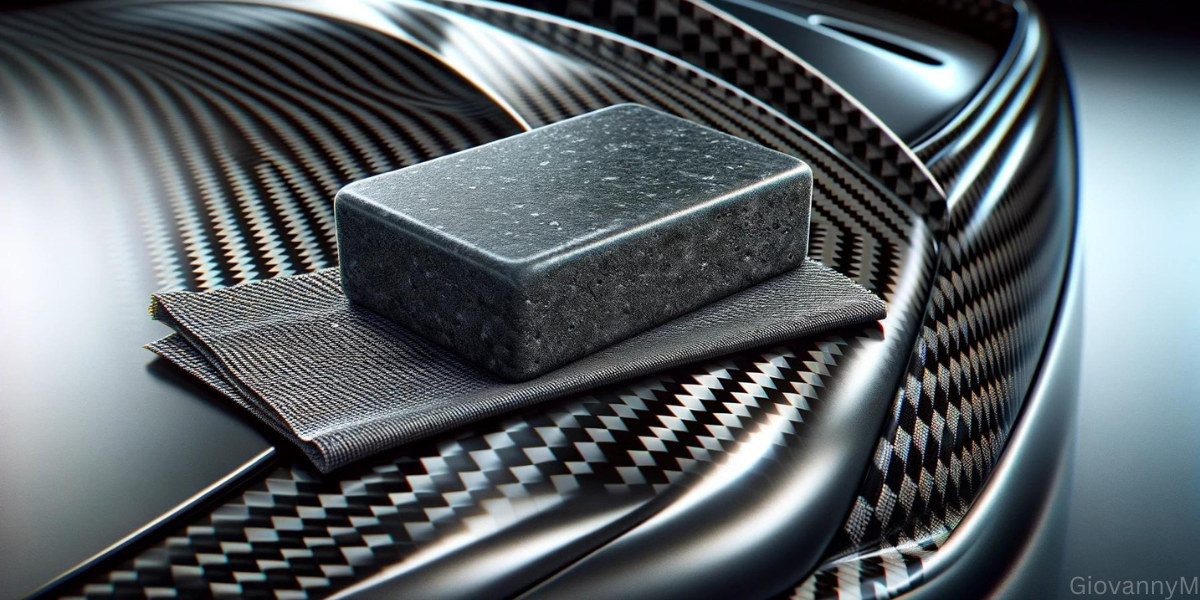
The goal for many car enthusiasts is to achieve a clean and smooth surface on your vehicle, to make it shine and stick out above others cars. Clay barring is a detailed cleaning method directly targeting and removing the tiny contaminants that stick to your car’s paint.
Your car’s surface collects contaminants that a normal wash can’t remove. These particles can make your paint feel rough and look dull.
These particles can dig deeper into your paint, causing damage and affecting the vehicle’s appearance.
Remember Doc Hudson from Cars, who always emphasized a clean, well-maintained look? He’d say, “It’s all in the details, kid.” That’s exactly what clay barring is about — paying attention to the details that matter.
Learning how to clay bar a car removes these stubborn particles/contaminates, restoring the paint’s smooth feel and its gloss. This process ready’s your car for other detailing steps, like waxing or sealing.
TL;DR:
- Clay barring targets tiny contaminants regular washing misses.
- Essential for maintaining a clean and smooth surface.
- Prepares paint for waxing or sealing.
- Ideal for car enthusiasts focused on detailed car care.
What Is a Clay Bar?

A traditional clay bar is an important tool for professionals and car enthusiasts in the car world, playing an important role in removing impurities from various surfaces of a car, such as paint, glass, fiberglass, and metal. Getting a polished finish on the outer paintwork of a car is a big goal within car enthusiasts detailing practices.
Knowing what a clay bar is and what it is made from is part of learning how to clay bar a car.
A look at what’s inside of a clay bar, it’s made from synthetic resin-based materials similar to natural clay but has better elasticity and adhesiveness. This engineering allows clay bars to remove debris while minimizing damage or abrasions to the surface they are cleaning.
Why Use a Clay Bar?
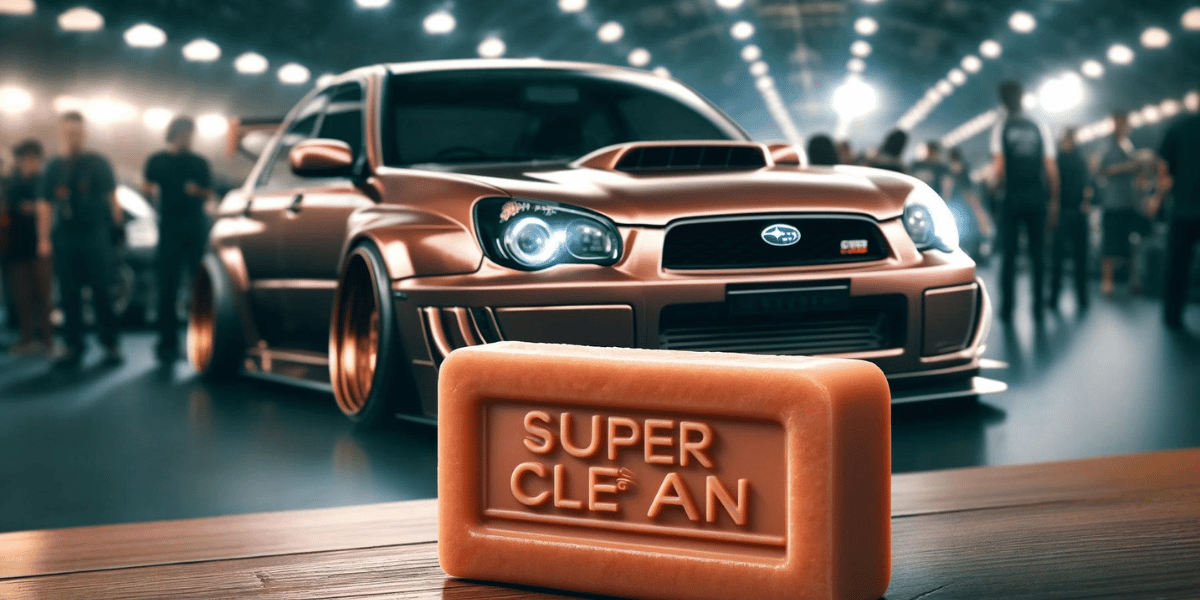
Knowing why you need to use a detailing clay, also known as a clay bar, is small part in teaching you how to clay bar a car. It is made to absorb stubborn contaminants from your car’s exterior such as rail dust, brake dust, tree sap and more that are not removable by normal washing. A medium duty type of this clay is especially made for removing difficult impurities including paint overspray along with the pollutants.
Clay bars aren’t limited to just cleaning the car’s paint surface. They’re also gentle enough for use on various parts of a vehicle’s exterior like:
- Paintwork
- Glass surfaces
- Transparent plastics
- Polished metal components
- Wheels (rims)
- Carbon fiber elements
- Exhaust tips
Just in case you thought a clay bar is only good for painted surfaces, it actually cleans a lot more and can clean some of The Best Car Accessories too.
Types of Clay Products
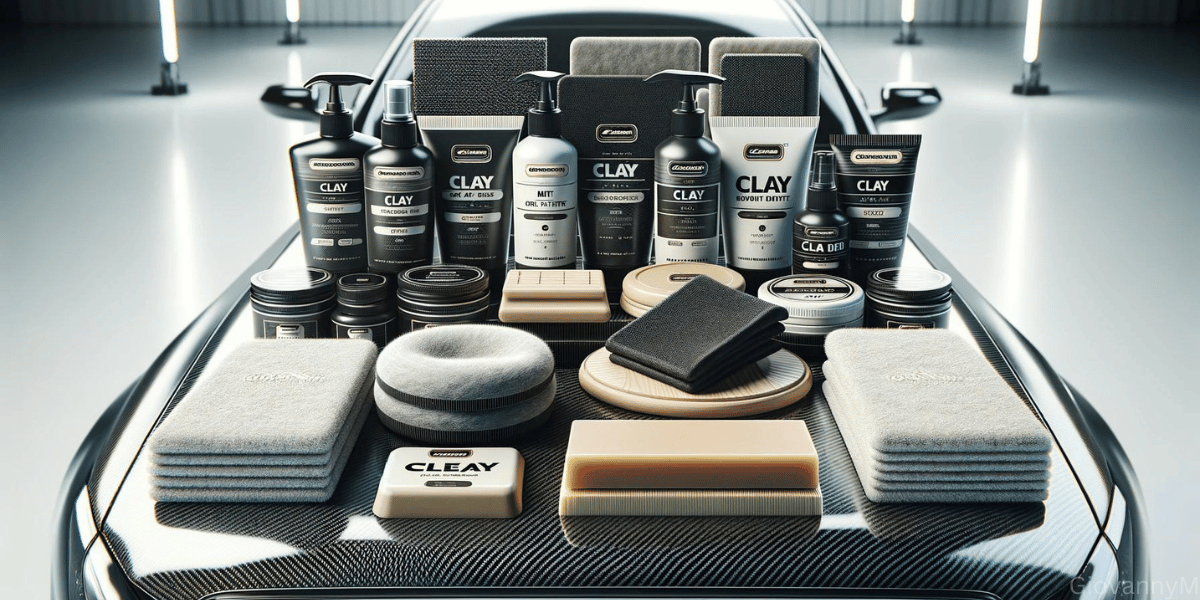
There’s many clay bar products besides just a traditional clay bar on the market. But traditional clay bars come in several grades to match your needs. Heres the different grades of clay bars:
- Fine grade bars: This less abrasive option is best for gentle finishes.
- Medium grade: Good for moderately contaminated surfaces or those with some paint sensitivity.
- Heavy grade: Made to tackle severe contamination on tougher paint jobs.
There are clay bar alternatives like clay mitts and clay towels that serve the same purpose as traditional clay bars but can be used while washing. Clay pads can be used with polishers or orbital buffers, letting you remove surface contaminants from your vehicle’s paintwork.
There is other options like spray-on liquid designed to copy clay bars without the physical claying, and handy ‘clay blocks’ – similar to classic versions but have a handle or grip which makes them easier to handle during use.
When To Clay Bar A Car
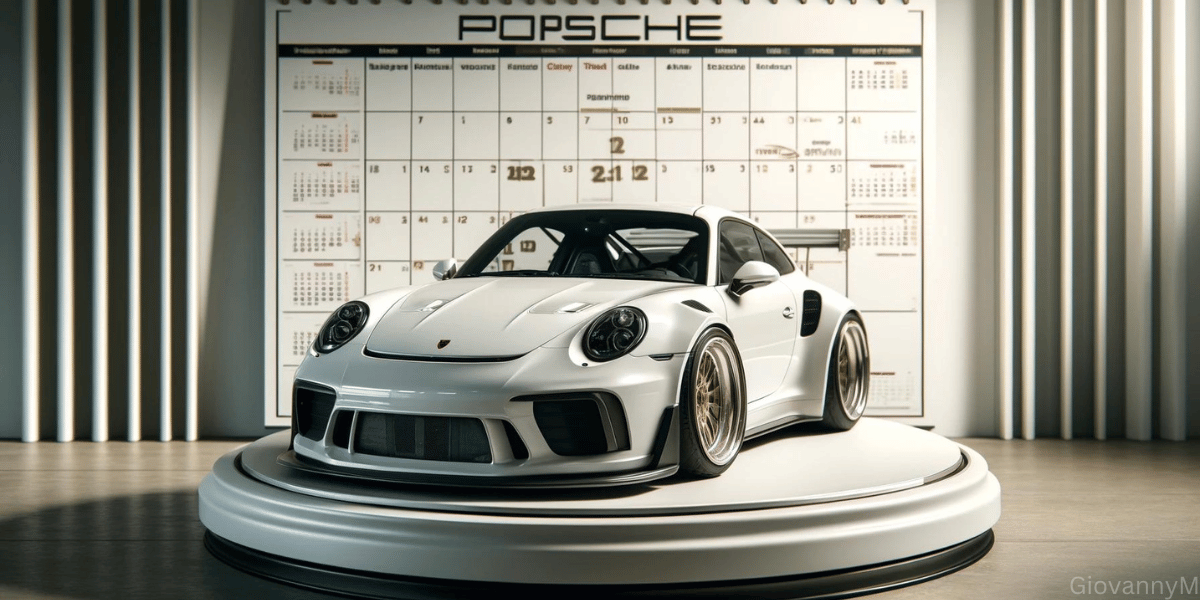
A clay bar session for your car should be a normal part of its regular maintenance. A good rule of thumb is to clay bar your vehicle around every six months to one year, but this changes based on several conditions.
Weather can change how often you should start a clay bar treatment to a car, how often and how long a vehicle is driven and in what kind of weather, how often you wash and wax it also is a consideration. To find out if it’s time for another round of treatment, try using the ‘bag method’:
glide a plastic bag across the exterior— it should feel gritty or uneven—thats a sign that embedded contaminants are there and it’s time for them to be removed with a thorough clay bar procedure.
Tools Needed For The Job
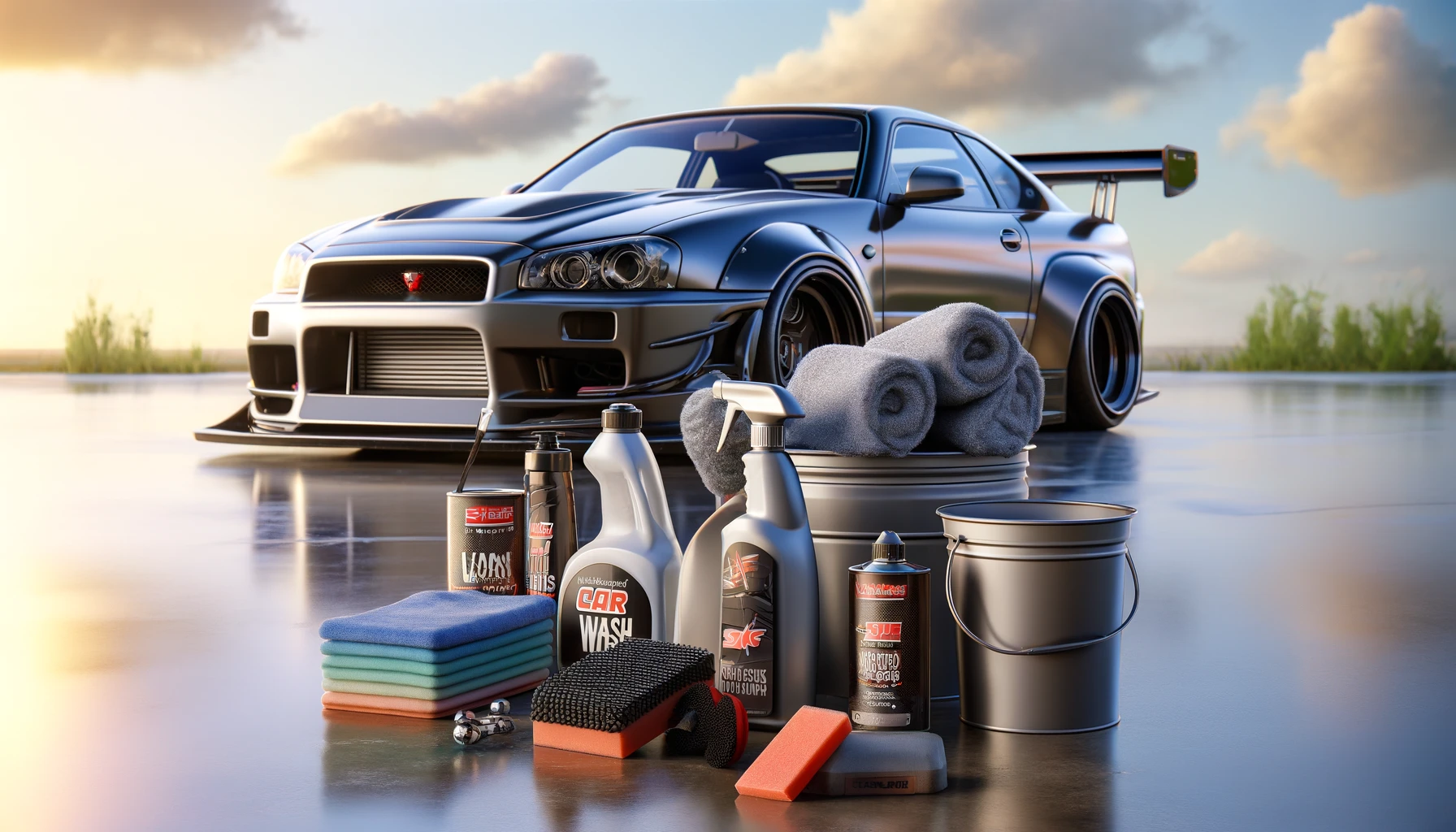
Before clay barring, it is always important to gather the the best tools for the job. The most important tool for this would be the clay bar you specifically need, available in different grades for different types of contaminants.
It’s important not to forget to wash your car properly before using a clay bar. This step removes all the loose dirt and debris from your vehicle that could scratch your paint.
This is a small list of some of the Must Have Car Cleaning Products you will need when learning how to clay bar a car:
Clay Lubricant or Detailer Spray:
Helps the clay bar move across your car’s surface effortlessly without hurting the paintwork.
Clean Microfiber Towel:
Meant for cleaning up any leftover residue and surplus lubricant post-clay barring.
Premium quality car shampoo:
Used before you attempt to clay your car’s paint.
Water Source:
For the car wash or to mix with soap and use as a lubricant.
Wash Mitt or Sponge:
For removing any dirt or contaminants embedded on the car.
Buckets:
one filled with clean soapy water and another designated exclusively for rinsing out your wash mitt or sponge
Pro-Tip: A work light at the right angle can also help see any leftover debris or dirt on the vehicle before you start clay barring
Buy Products Now
There are many websites I like to buy products from, but here are a couple of my go-tos if you want to do a more generic search on your own: Adamspolishes.com, Chemicalguys.com, and, of course, Amazon.com.
Step-by-Step How To Clay Bar A Car
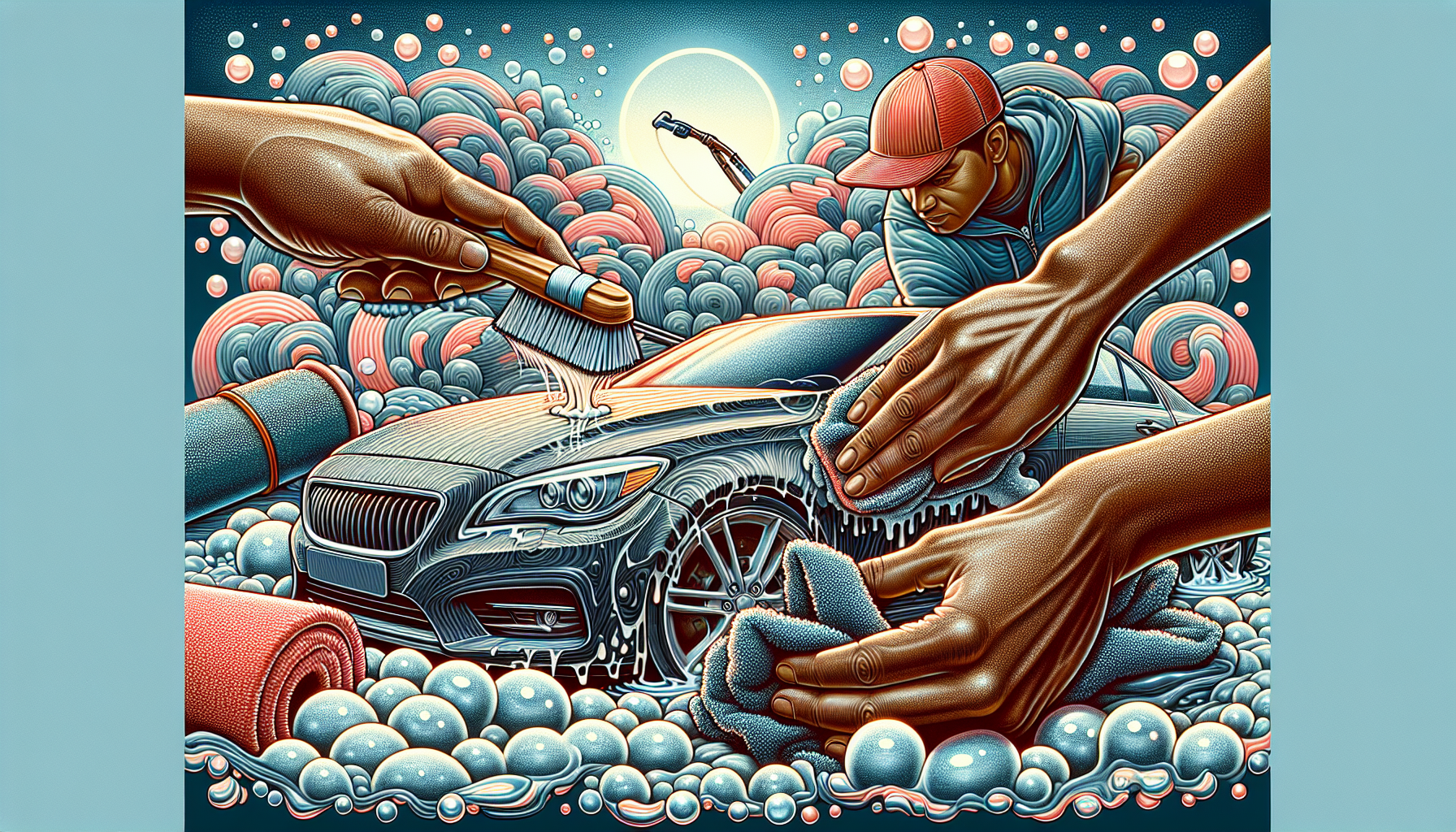
Step 1: Clean The Car
Learn how to wash a car properly because you are washing your car thoroughly to remove all loose debris, and road tar that could cause scratches while using the clay bar on the paintwork later on. The goal of this step is a full car wash for a clean surface free from loose dirt and grime , smooth as glass feel. Make sure to let the vehicle dry completely.
Step 2: Find A Spot:
Pick a comfortable area, away from wind or weather conditions where contaminates could be blown or landing on the car. I prefer inside the garage, easy and simple and classic.
Step 3: Spray Some Lube
Spray the car’s surface with lubricant or detailing spray onto one small section of your vehicle’s exterior at a time. You want the clay to be able to slide smoothly on the car’s paint you are clay picking.
Step 4: Clay bar
Now to finally start using and learning how to clay bar a car with a detailing clay bar, go over the area you lubricated in a back and forth motion until it starts to feel smooth, it will feel roughish in the beginning. Remember to constantly remold and fold the clay bar, when you fold the clay you are trying to find a clean section to continue clay picking. Use light pressure when you rub the clay on the car until it feels like a slick surface.
Step 5: Repeat Steps 3 And 4
You will continue lubing and barring the entire car, making sure that the clay bar removes all those abrasive particles. Look at areas you may have missed, slide fingers across paint and see if there is a rough feeling, until the exterior car feels completely clean.
The Claying Technique
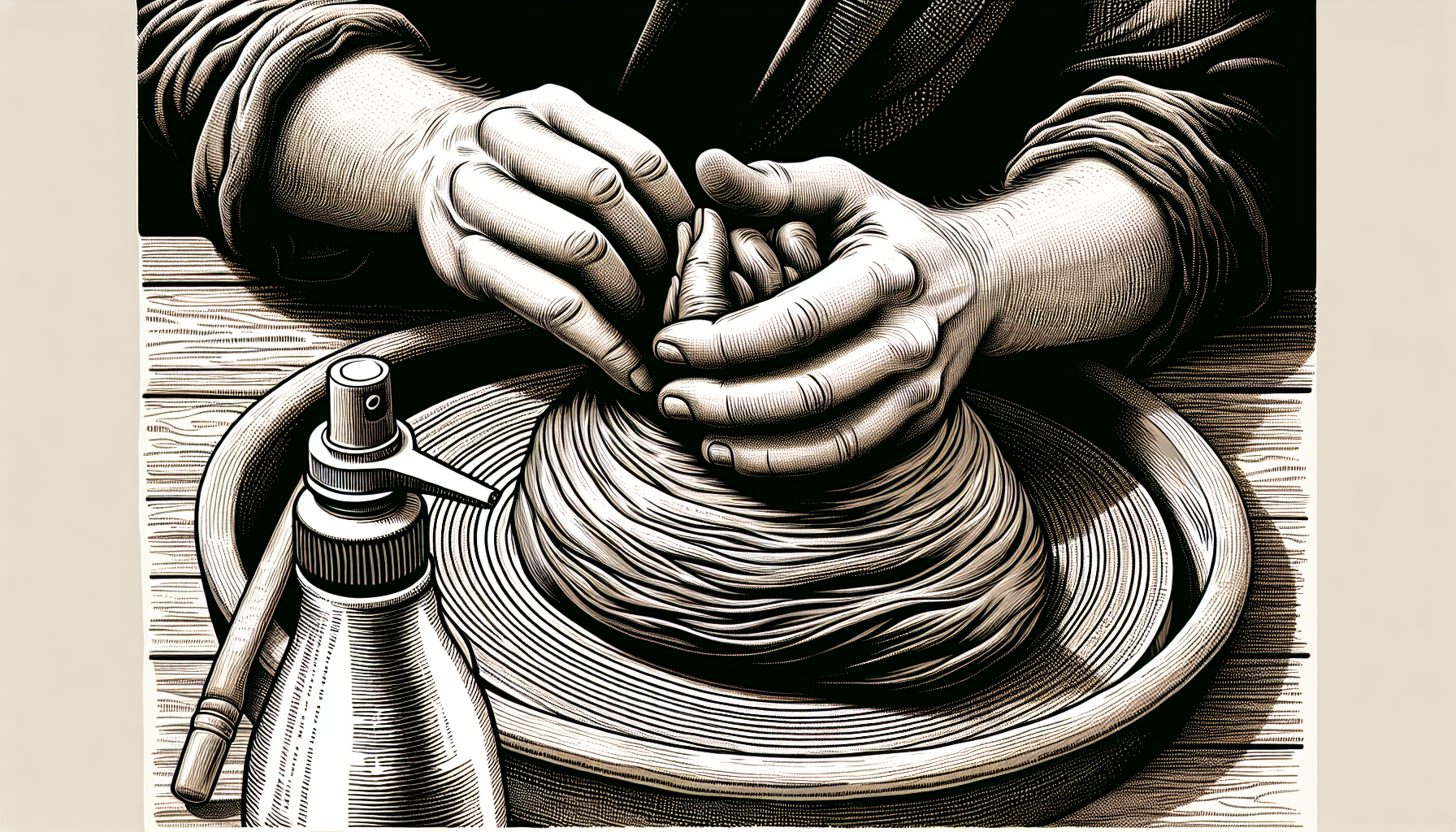
Using a clay bar with the right technique is pretty straightforward, but a need a gentle touch. When using a clay bar, plenty lube is very important so you can glide the clay bar. You should always use either a detail spray as a clay lubricant or a ultra-slippery synthetic quick detailer to make sure that there’s enough wetness on the surface allowing a slick and smooth movement of the clay across the surface.
Even though they seem small an entire clay bar can last through around 7-10 treatments.
As you slide the clay on the lubricated area, make sure you’re using light pressure and moving in steady back-and-forth motions. Doing this helps prevent damaging your car’s paintwork.
Vehicles with less contamination can use softer grade clay bars without risking harm to tougher paint jobs—as long as they are used with lube.
Clay Bar Aftercare
Using a clay bar on a vehicle is a car enthusiasts way of taking that extra step to clean their paint and helps waxes form a nice clean bond. Now by waxing it after you’ve used a clay bar, you add a layer to the car’s exterior paint that is not only protecting it but gives it a impressive shine.
If you need help on waxing: How To Wax A Car, will help you get a better looking wax bond
There are many options for sealing your car’s surface after its been clayed. This include using natural carnauba wax- known for its rich luster, durable synthetic sealants- provide long-lasting protection, or high-tech automotive coatings designed to shield your paintwork like ceramic coating. If you completely finished working on on your exterior and dont feel feel satisfied, read an article on How To Clean Car Cloth Seats.
Common Problems Or Issues
Some misunderstandings about clay bars exist which might lead to incorrect use and less-than-satisfactory outcomes. Some people think that scratches can be removed or fixed using a clay bar. The main purpose isn’t scratch removal, but instead might make scratches seem less noticeable by cleaning the area around them.
Using a clay bar wrongly could damage your vehicle’s surface such as creating swirl marks, scratches or chip paint. To protect your car’s paintwork from damage when using a clay bar, consider this:
- During the claying process, apply only light pressure to prevent inflicting scratches.
- Never reuse a dirty clay bar, it may move dirt back onto your car’s finish.
- When using strong types of clay bars, be careful. Even though they remove contaminants more quickly than weaker options, they’re are more likely to mar the surface. For safer use against pollutants, use a milder version and consider some polishing after claying.
- Avoid putting too much pressure into one spot or going over an area too much with the bar—this raises chances for scratching and harming paintwork or chrome features.
Dropped Clay Bar
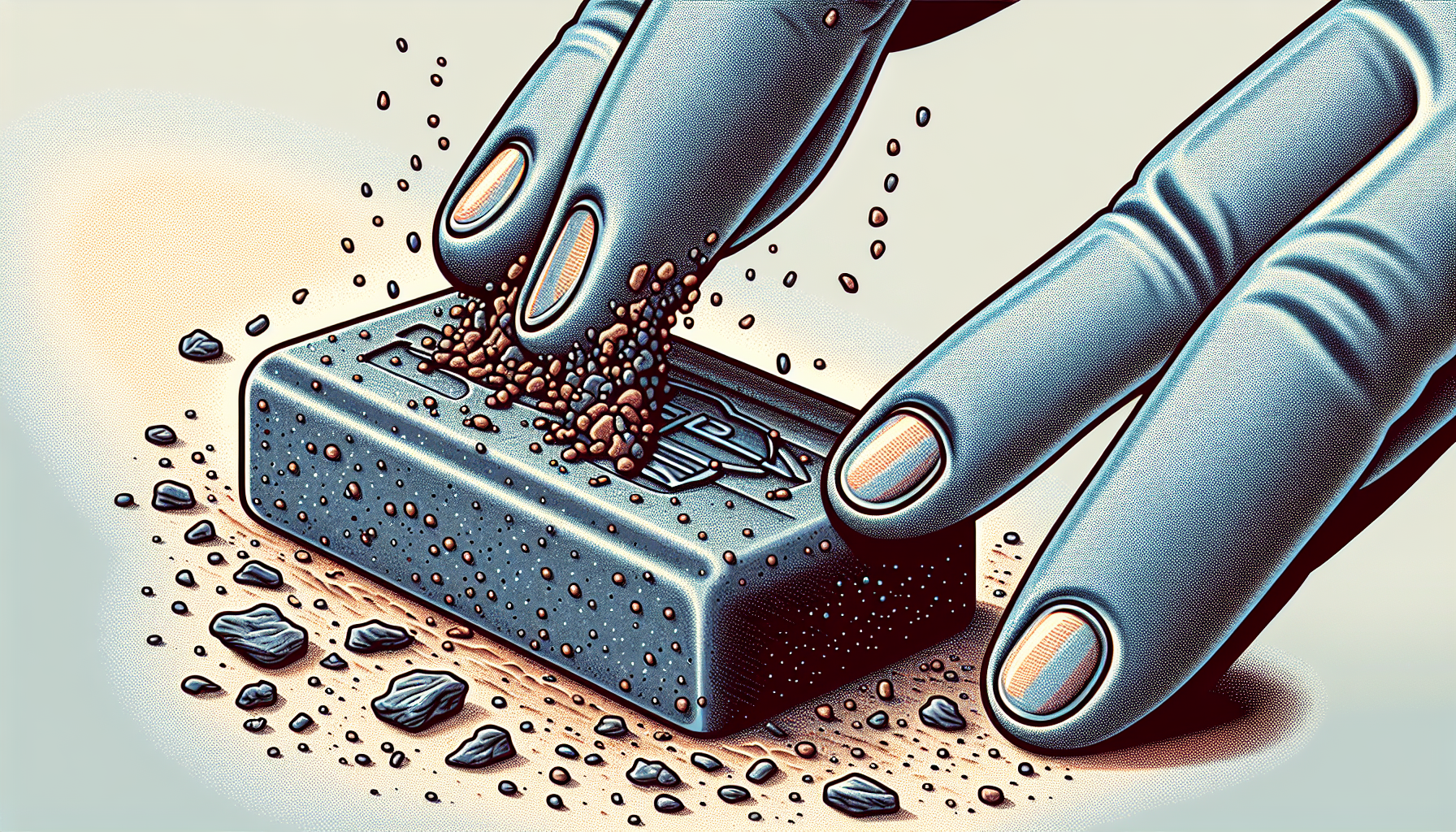
If you happen to drop your clay, the short answer is get a new piece or get a new bar. A dropped clay bar picks up particles that can create scratches or ruin the vehicle’s paint.
Its easier to just get a new piece of clay than to risk ruining your day by using a dirty bar and causing a scratch.
Final Thoughts On How To Clay Bar A Car
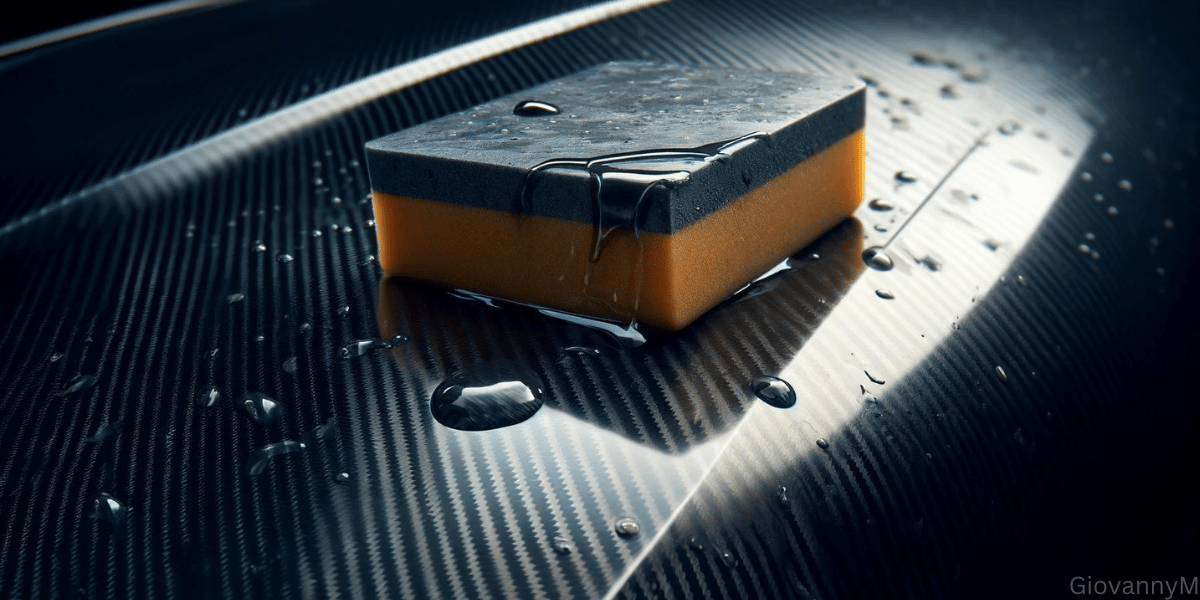
After you’ve clay barred all the areas you needed, you’ll notice a small transformation in your car’s paint and appearance. It’s like what Dominic Toretto from The Fast and the Furious says: “It don’t matter if you win by an inch or a mile. Winning’s winning.” In car maintenance, every little step helps.
Taking the time to clay bar your car might seem like small, but it’s a win in keeping a vehicle’s beauty and health. This step not only cleans, but deeply purified contaminants that can damage the paint over time. The more often you take care of the little things on your vehicle the better chance you have of things going your way.
Now that we have read all about how to clay bar a car move on to how to clean brake dust off your wheels, or something more complicated like learning how to clean a engine bay.

